Carlos Sainz reveals biggest hurdle faced in Williams team switch
27 Apr 2025 12:15 PM
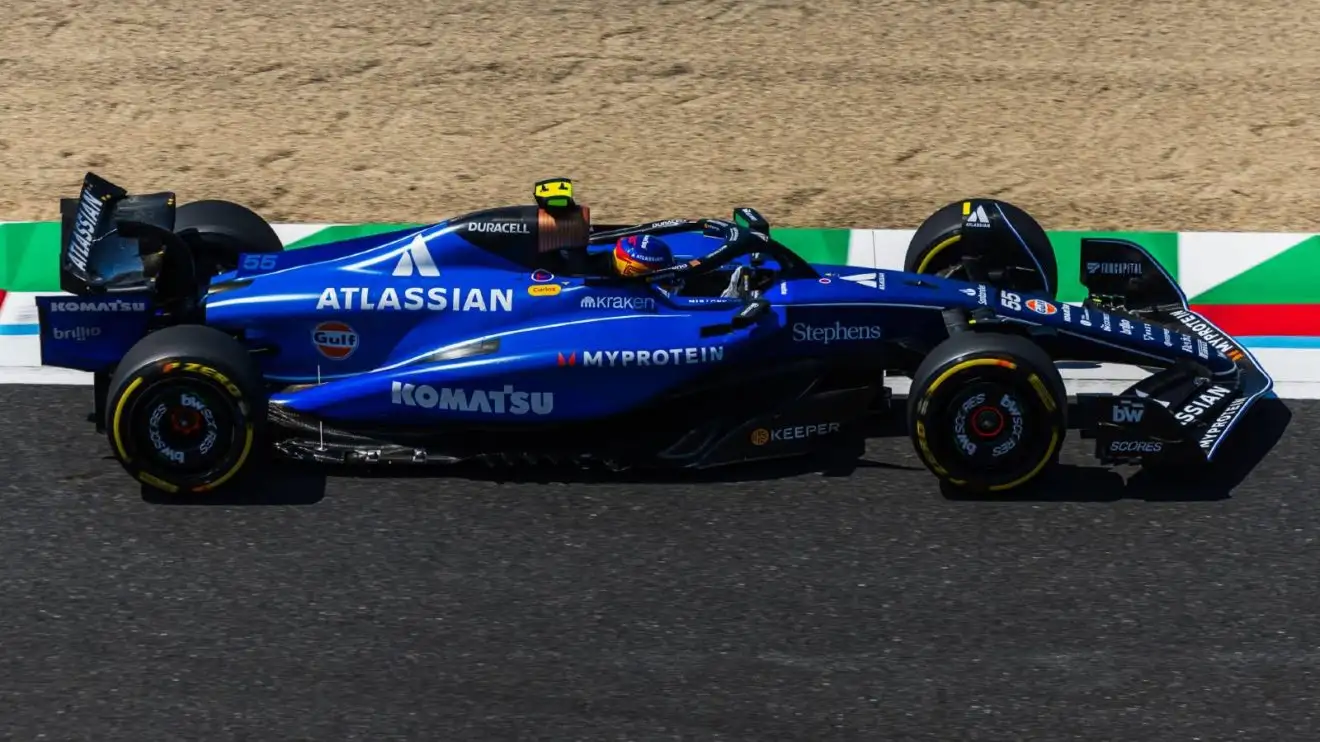
Carlos Sainz has revealed the biggest challenge he’s faced in adjusting to driving for Williams.
Carlos Sainz’s switch from Ferrari to Williams has come with a particularly noticeable difference that’s required some acclimatisation time for the Spaniard.
Having spent four years at Ferrari, Sainz being forced into finding a new home resulted in the Spaniard choosing Williams and helping the Grove-based squad on its journey back to the front of Formula 1.
Carlos Sainz reveals how ‘incredibly different’ power units can be
It hasn’t been the easiest of starts for Sainz at Williams, but there have been signs that he has started to click with the FW47 after scoring an eighth place in the Saudi Arabian Grand Prix to follow up on his 10th-place finish in China.
It’s been something of a bump back down to earth for Sainz, who had grown used to fighting for podiums and wins while at Ferrari, with his final race in red last December in Abu Dhabi seeing him keep pressure on McLaren’s Lando Norris throughout to clinch second place.
But Sainz is putting his shoulder to the grindstone with Williams who, under James Vowles and owners Dorilton Capital, are on a quest to return to the podium and score its first championship since 1997.
Sainz has been open about needing around half the season to fully adjust to racing with Williams – drivers switching teams, like a rookie, not only have to learn everything about their new car, environment, and working processes but also have to ‘unlearn’ habits formed from previous teams.
For Sainz, switching to Williams from Ferrari has seen him race with the Mercedes power unit for the first time in his career and, for the Spaniard, this change has been the biggest hurdle to overcome when it comes to driving naturally behind the wheel.
“The Mercedes PU is probably the biggest change in changing teams that I’ve had to adapt to,” he said.
“One is aerodynamics and suspension, you go through, everything feels different.
“But when they change you the engine, that’s when you really feel some big differences. I do feel very big differences compared to Ferrari.”
Sainz crashed out of the first race of the year, in Australia, when he encountered a moment of a “big torque kick from a poor upshift” which resulted in him spinning out and hitting the barriers at the last corner. This, he explained, could be attributed to his level of unfamiliarity with the characteristics of the power unit.
“There are also things in the way the team operates—with upshifts, downshifts, patterns, and the way they make the power unit work—that, as you could see in Australia, caught me out,” he said.
“But at the same time, you need to go through that experience almost to understand that this happens only in the Mercedes PU and not in a Ferrari.
“It’s interesting, because it’s quite a big change and it’s incredible how different two power units can be, but how close in performance they can be at the same time.
“So, yeah, I’m trying to give the team—and Mercedes—good feedback from what I believe Ferrari was doing better, and at the same time, giving feedback on what I think they are doing better than Ferrari. We are all trying to improve.”
Sainz’s evaluation of the power unit element of the challenge he’s going through echoes what Lewis Hamilton has said after moving from Mercedes to Ferrari.
“I’ve never used engine braking before in the past 12 years, but here we use a lot of engine braking to turn the car,” said the seven-time F1 World Champion.
“Sometimes I think we all [as drivers] get stuck in our ways, very stuck, ‘I need to keep driving the way I’ve been driving, just make the car come to me a bit’, and that’s not working.”
Sainz also elaborated on the broader challenges he’s facing in making the adjustment to Williams, saying, “Obviously, Ferrari had certain car balance, a certain direction that we followed after three or four years of developing that car that required you to brake in a certain manner, turn in a certain manner, release the brake in a certain place—which you fall into a trap of after three years of muscle memory of doing everything that way.
“And when you jump into a different car, and especially under pressure in quali, you try and find the last two-tenths of the car. You fall into your muscle memory because that’s the muscle memory that you have from three years.
“It’s not that you need to unlearn them, because those traits are actually making me very quick also in other types of corners. But you need to remember, in a certain type of corner, to not do it. That’s why it’s almost impossible to ask anyone to be quick in the first three races with a car, when you are only putting it the first sets of Soft tyres and zero kilos of fuel for the first time in those first three races—completely different tracks, completely different conditions, completely different tarmacs—and you’re having to relearn a lot of these things.
“And as I said, given how new everything is, for me to be in the same tenth in quali as a guy like Alex in Australia and at a confidence track like Suzuka, I’m not in a bad place.”
Read Next: Carlos Sainz issues ‘not to worry’ verdict ahead of huge F1 2026 shift
Carlos Sainz



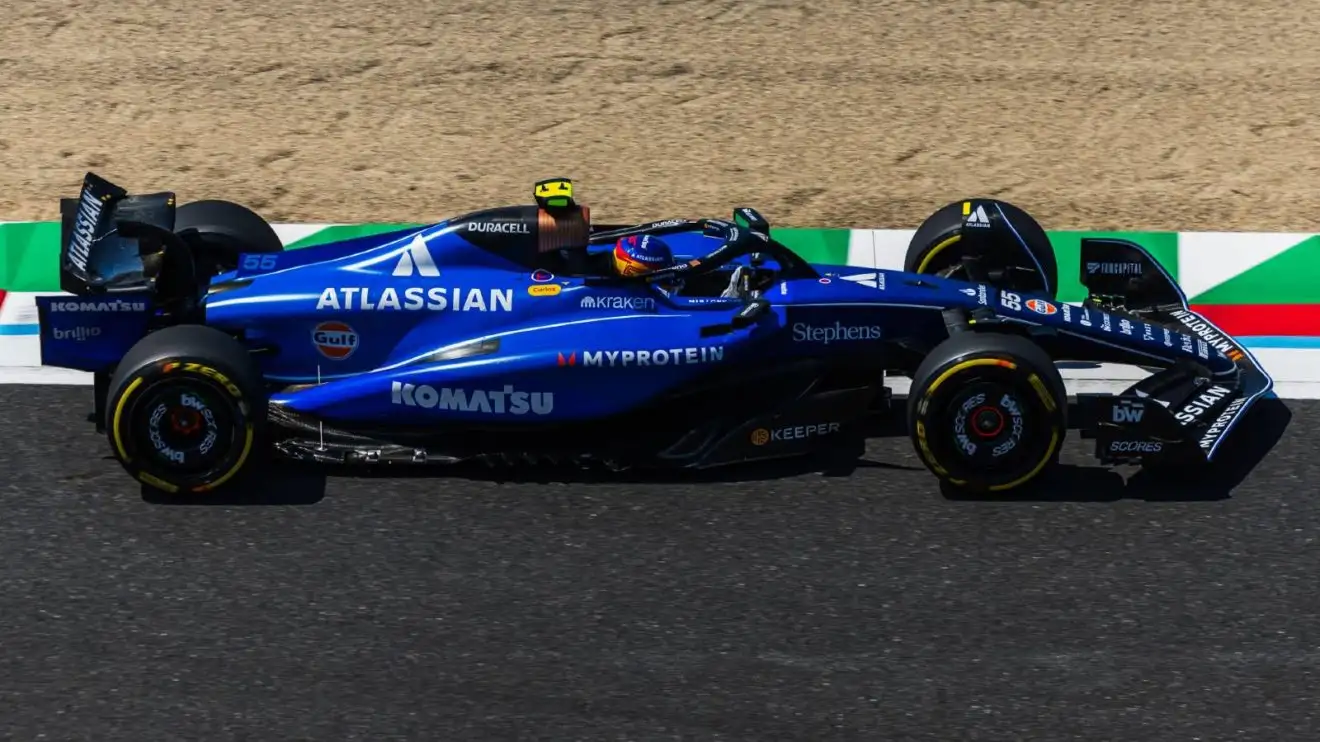
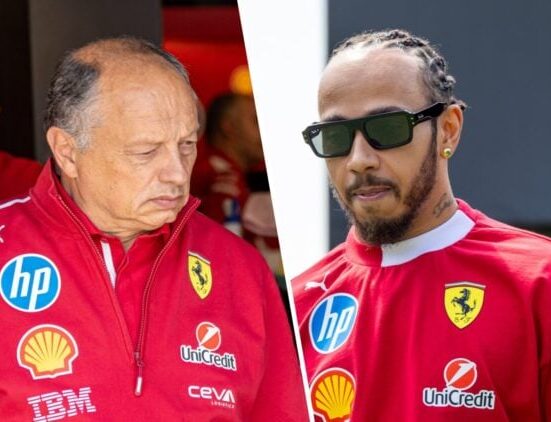
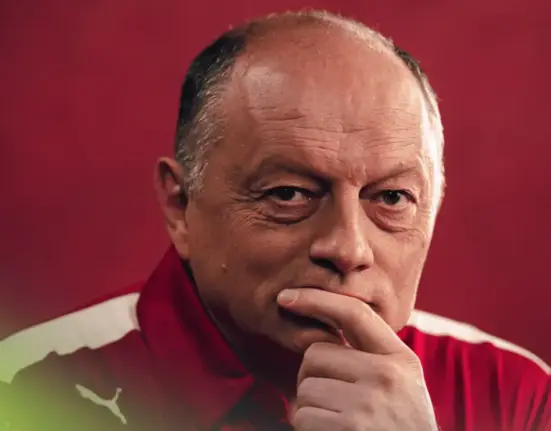

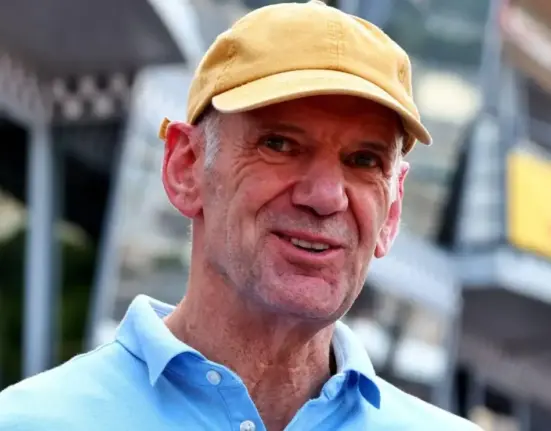
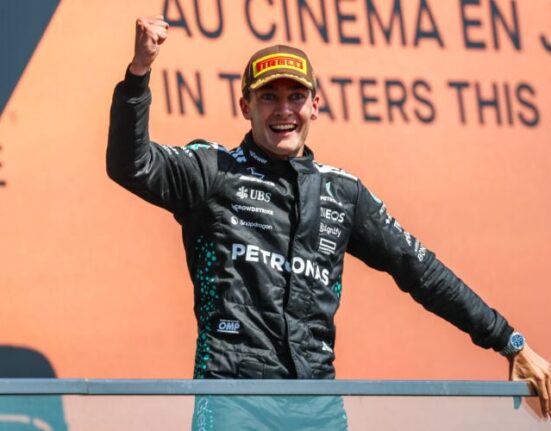

Leave feedback about this